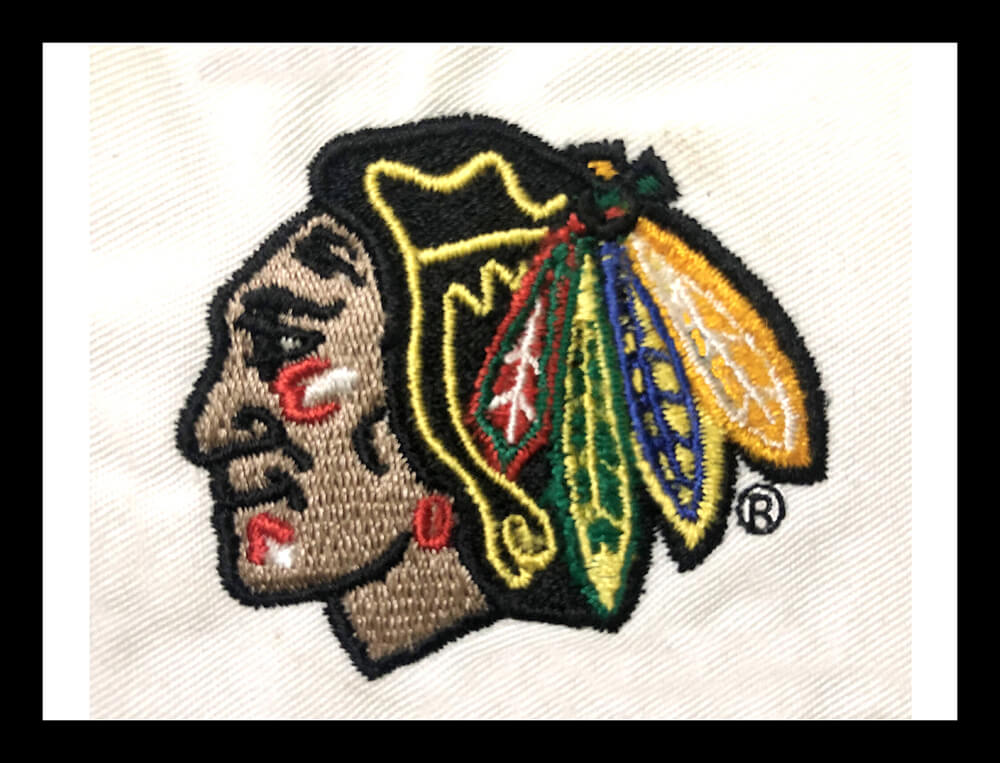Customized Digitizing for Embroidery: Customized to Your Demands
Wiki Article
Understanding the Needlework Digitizing Refine: Your Ultimate Overview
Needlework digitizing is a careful craft that calls for accuracy and competence to translate detailed layouts right into digital layouts for machine needlework. As artisans start this journey to master the needlework digitizing process, a comprehensive understanding of the essentials sets the foundation for excellence. Beyond the rudimentary understanding exists a realm of sophisticated software program, specialized tools, and nuanced strategies waiting to be discovered. By diving into the nuances of digitizing, one can open a world of imaginative opportunities and elevate their embroidery jobs to brand-new heights.
Recognizing Needlework Digitizing Basics
Embroidery digitizing essentials create the structure upon which complex styles are converted into machine-readable formats for exact stitching. This initial action in the needlework digitizing procedure is vital for making certain that the last stitched item is a loyal depiction of the initial style. Recognizing needlework digitizing essentials includes grasping essential principles such as stitch types, sew direction, thickness, rug, and draw payment.Stitch kinds play a vital function in identifying the aesthetic and textural outcome of the embroidered style. By selecting the proper stitch kind, whether it be satin, fill, or running stitch, digitizers can accomplish the wanted impact and boost the total quality of the embroidery. In addition, sew direction affects the flow and measurement of the style, while thickness identifies the spacing and coverage of the stitches.
Furthermore, padding sewing supplies security to the design by securing the textile and avoiding distortion throughout the needlework process. Pull settlement is another essential consideration to counteract the all-natural propensity of material to contract when sewn. Understanding these embroidery digitizing fundamentals is fundamental for creating professional-quality embroidered items.
Picking the Right Digitizing Software Application
Choosing the suitable digitizing software program is a vital decision that dramatically influences the effectiveness and top quality of the needlework digitizing procedure. Digitizing for Embroidery. When picking the right digitizing software, it is vital to think about factors such as the complexity of designs you plan to develop, the user-friendliness of the software, the degree of consumer support supplied, and the compatibility with your needlework deviceThere are numerous digitizing software application alternatives readily available in the market, ranging from standard programs for novices to innovative software program for expert digitizers. Some prominent choices consist of Wilcom EmbroideryStudio, Hatch Needlework Software Program, and PulseID. These software program plans offer a wide array of devices and functions to aid you create elaborate styles with simplicity.
Before making a choice, it is advisable to discover the various software program choices with cost-free tests or trials to figure out which one ideal suits your requirements. Additionally, reading testimonials and seeking suggestions from knowledgeable digitizers can supply beneficial understandings right into the toughness and weaknesses of each software application plan (Digitizing for Embroidery). By thoroughly examining your demands and comparing the features of various digitizing software program, you can make an informed choice that improves your needlework digitizing workflow
Digitizing Tools and Strategies

Optimizing Design Settings for Embroidery
Grasping the intricacies of style settings is basic in accomplishing ideal results in the embroidery digitizing procedure, building upon the structure laid by recognizing digitizing devices and strategies. When optimizing layout setups for embroidery, it is essential to consider variables such as stitch kind, thickness, underlay, draw compensation, and registration. Enrollment settings line up various about his elements of the layout precisely, keeping total layout stability.
Troubleshooting Common Digitizing Issues
When running into usual digitizing problems during the needlework procedure, it is vital to understand the root causes and execute efficient remedies without delay. One common trouble is stitch density problems, where stitches might be as well thick, creating the material to pucker, or as well sporadic, causing gaps in the layout. Readjusting the stitch density settings in the digitizing software can assist solve this problem.Another constant difficulty is string breaks throughout the needlework process. This can happen due to numerous reasons such as inaccurate tension setups, dull needles, or using low-quality thread. Making sure appropriate upkeep of the embroidery device, consisting of routine needle adjustments and tension modifications, can minimize the occurrence of string breaks.
In addition, design registration errors can lead to misaligned aspects within the embroidery design. Examining the style alignment in the digitizing software application and making needed modifications before stitching can help in preventing this issue. By attending to these typical digitizing issues immediately and properly, you can make sure a smoother embroidery process and high-quality finished items.
Verdict
Finally, mastering the embroidery digitizing procedure calls for a solid understanding of the essentials, the best selection of software application, and understanding of devices and methods. Enhancing style settings and fixing common Discover More digitizing issues are vital action in ensuring high-quality needlework outcomes. By following these steps faithfully, one can accomplish accuracy and effectiveness in the digitizing process.Report this wiki page